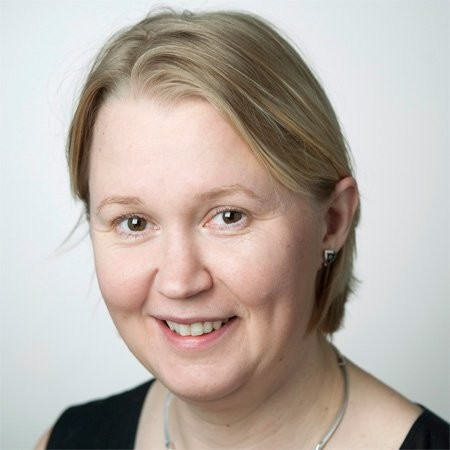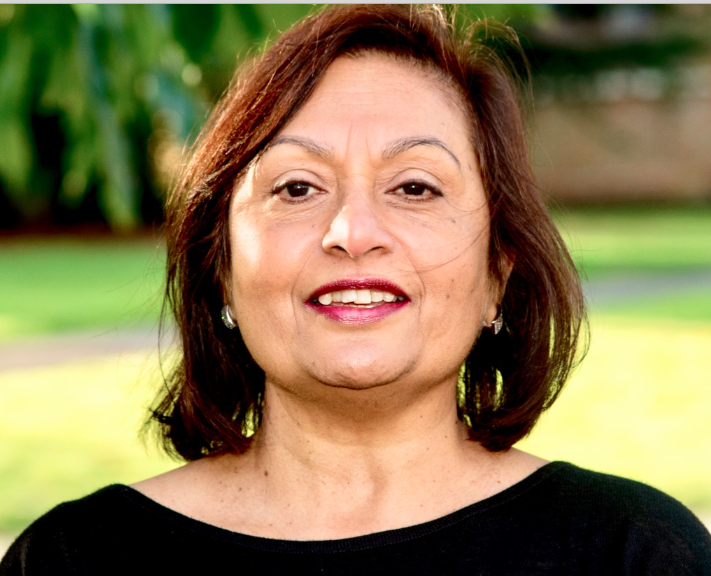
With the end of the COVID-19 pandemic hopefully in sight for many countries, ADEE invited Lucy Haire (Higher Education Policy Institute) and Sunita Gordon (Adviser to Clinical Assessment Feedback System at Invent Partners) to speak with ADEE leadership to gain insight into their views and experiences of the impact of COVID on teaching and learning in oral health professionals education.
Globally, swathes of university campuses have been closed and teaching conducted online in order to minimise the spread of the largely airborne Covid-19 virus. Yet clinics and dental hospitals where those studying dentistry have to develop their skills and competencies have continued to operate, albeit in very new ways. Earlier this year we spoke to some of the lead members of ADEE, asking them the same questions and here are the highlights of their reflections of oral medicine teaching, learning and practicing with technology during this pandemic.

The number one concern for all our respondents was student wellbeing and progress.
“I am most concerned about the first and second year dental students who’ve had the most digital teaching just at the time when they are establishing themselves,” Pål Barkvoll - ADEE President Elect, Professor of Oral Surgery and Oral Medicine, Oslo University - commented, adding that “[students] have been studying from their small apartments and from their homes''. Linked to this, Ilze Akota - ADEE Current President and Head of the Department, Department of Oral and Maxillofacial Surgery, Riga Stradins University Latvia - noted that students have had to take more responsibility for their own learning as they have had less face-to-face help from their teachers. Corrado Paganelli - ADEE Past President, Dean of the Dental School, Universita Degli Studi Di Brescia, Italy, and Chair of the Board of International Federation of Dental Educators and Associations (IFDEA) - wondered if dental students would find it challenging to mature professionally as they studied on their own more and less in a community. This idea was reinforced by Stephanie Tubert - ADEE Immediate Past President and Professor of Dental Public Health, Clermont-Ferrand, Auvergne-Rhône-Alpes, France - who spoke of the reduced involvement of students on campuses, especially in the early stages of the crisis. Barry Quinn - ADEE Secretary General and Clinical Senior Lecturer in Simulation and Team-based Clinical Education, King's College London (KCL) - felt that the situation called for more even initiatives which promoted problem-solving skills and resilience among students, such as King’s College London’s Challenge Opportunities Promoting Education (COPE), and even broader civic engagement projects for students.

Another key theme for all our interviewees was the impact of the crisis on teaching and learning. Almost all the academic elements of courses are now conducted remotely, and clinical practice has become more “intense”, according to Akota, where teachers and students have to “make the best use of face-to-face time,” preparing in advance more than ever. A lot of thought has gone into delivering clinical teaching sessions, for example timings have had to be changed to accommodate the donning of personal protective equipment (PPE).
A positive outcome perceived by Tubert is the development of “more original, more student-centred and more competency-based approaches,” and expects that “we will never go back to the way it was before”. Quinn noted that in post-graduate dental education there has been a long tradition of remote, blended - the combining of remote and in-person classes - and flexible working on which schools could definitely build, adding that “potentially you could have satellite clinics around the world with students being trained practically locally but getting our academics providing all the teaching online. It could be synchronous (live) or asynchronous (recorded), which students could review in their own time.
Barkvoll highlighted the pressures on the teachers themselves, recalling, “I had a lecture today in research methodology and I was watching sixty screens, teaching the rules and laws of research, which can be very dry. When you have students in an auditorium, it is much easier to engage them and to make these topics interesting and engaging.” Paganelli added that “we have to continue to educate teachers in the use of digital media for teaching as it has now become part of life - mandatory for too many things - not just learning, but for staying in touch with friends and family around the globe”.

Technology was a topic that featured heavily in all our interviews. It was clear that web-based meetings were now absolutely commonplace. Akota commented that “before the pandemic, I had maybe one Zoom meeting per month, now it’s daily, all the time.” The fact that research conferences could now be more inclusive as there were no prohibitive costs associated with travel and accommodation was a bonus. This was balanced by more than one comment on the tiring nature of back-to-back web meetings. Everyone yearned for the positive energy of face-to-face gatherings.

We also heard about the specific technology deployed by dentists that has been adapted or replaced to further improve infection control in light of the pandemic. Quinn explained that his clinics had replaced air-driven handpieces with “electric handpieces that generate fewer aerosols” and had turned down the dials on the ultrasound pieces “so that the mist produced is more like droplets that fall to the ground quickly.” He added that many initial patient consultations are now undertaken remotely using services like Attend Anywhere.
Akota spoke of the possibilities for using robotics, haptics and Artificial Intelligence (AI), and how this should be developed in the coming years. She added that while AI was commonplace in our everyday lives, the dental education community could do much more diagnostic work with, for example, radiology data.
The physical layout and design of dental school clinics was another frequent talking point. All our interviewees spoke of the need to design dental teaching clinics with individual booths, good ventilation, state-of-the-art air filtering and automatic doors to help prevent airborne and touch-based infection transmission. Barkvoll summed up, “no dental school was built for a pandemic,” and that he had noticed that the “students are much stronger with infection control.”

The experience of the pandemic has clearly accelerated and broadened thinking about the very nature of dental education too and whether it is perceived, structured and funded for the needs of the future. Tubert referred to the work of O-Health-Edu in building a vision for the future. Barkvoll elaborated by explaining that, “nowadays most young people have excellent oral health” and there is a risk that “if we graduate the same numbers of dentists, they will become quite cosmetic.” Barkvoll wants to maintain the medical nature of dentistry and thinks that dental educators need to think about moving “resources from paediatric to geriatric dentistry.” Meanwhile, Paganelli intimated that the students' sense of identity as critical medical professionals had been significantly heightened by the pandemic as they have been among the few people allowed out during lockdowns in order to train.
Conclusions
It was a privilege to speak with senior figures in dental education from across Europe about the challenges they had faced as the pandemic took hold, about new ways of working - including adopting remote teaching and learning when necessary and appropriate - and a recognition that some forced change could, on reflection, prove beneficial longer-term, for example the redoubled focus on competency-based and student-centric approaches. That hybrid models of teaching and learning are here to stay, as well as new approaches to the design and running of teaching hospitals and clinics seems likely.
Association for Dental Education in Europe
All our contributors left us with an overriding sense that the dental education community places a premium on face-to-face contact to help build teams which can cope with challenges. There was a palpable sense that the in-person meetings organised by ADEE were sorely missed and a recognition that deep, cross-boundary, expert connections need to be maintained to allow dentistry to keep pace with changing demographics, patient needs and emerging technologies.
This article was researched and complied by Lucy Haire and Sunita Gordon of Gordon Haire Consultancy.
For more information on Gordon Haire Consultancy and the services they can offer click the logo to visit their website.







